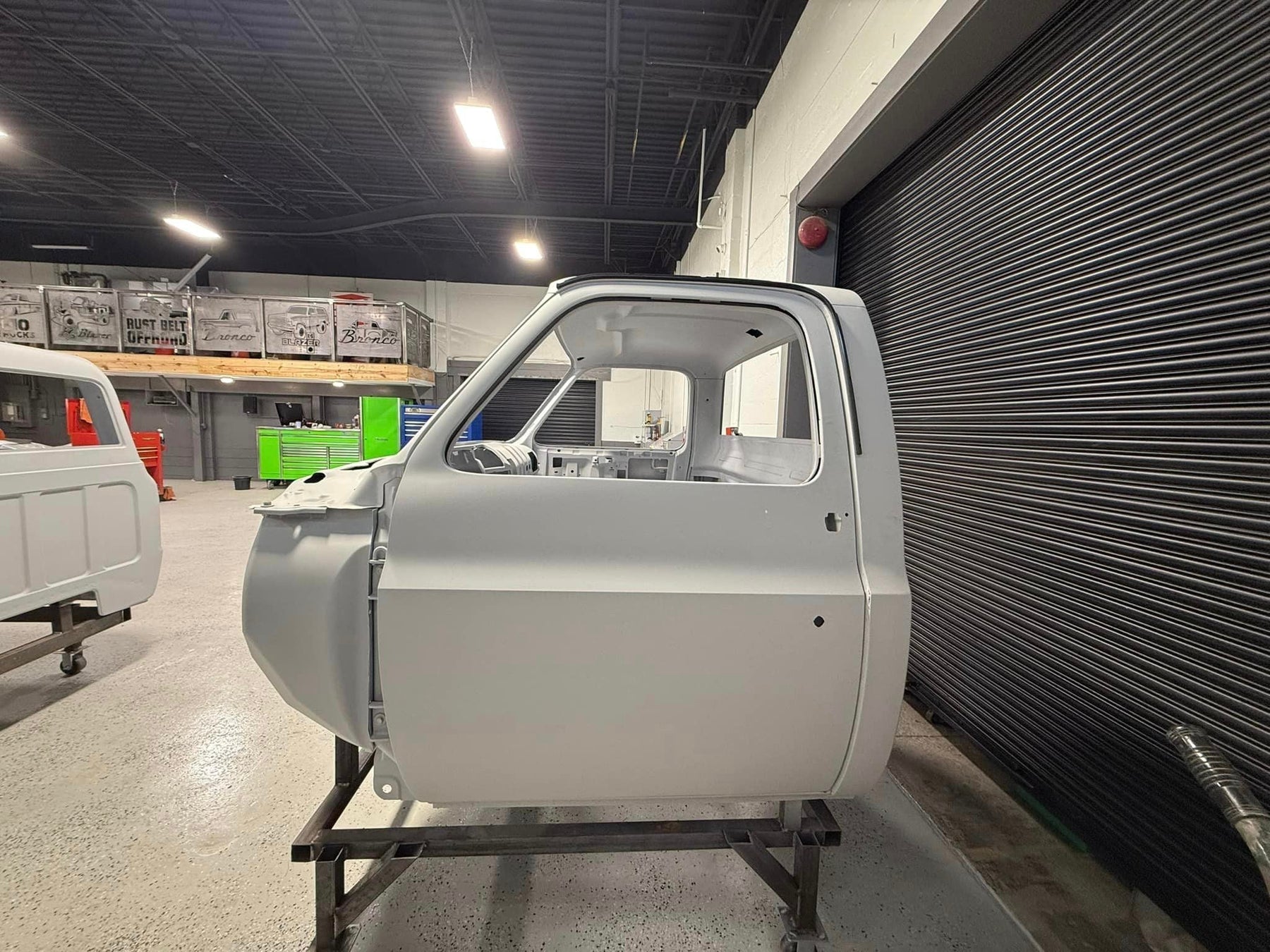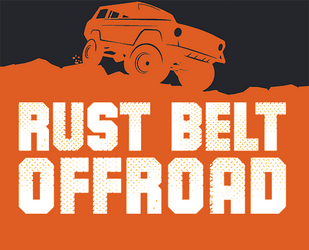LOGIN

Why Did Chevrolet and GMC Change the C/K to R/V?
For nearly three decades, Chevrolet and GMC used the C/K designation for their lineup of light-duty and heavy-duty pickup trucks. First introduced in 1960, the naming convention was simple: "C" stood for two-wheel drive, while "K" indicated four-wheel drive. This system remained in place until 1987, when General Motors made a significant change, renaming the long-running C/K models to R/V.
But why did GM make this switch? The answer lies in a combination of model transitions, marketing strategy, and internal organization as GM prepared to introduce the all-new GMT400 truck platform.
The Arrival of the GMT400 Trucks
The biggest reason for the C/K to R/V renaming was the introduction of GM’s next-generation pickup trucks, built on the GMT400 platform. These new trucks, which debuted in 1988, were a major step forward in terms of styling, technology, and performance. However, GM continued producing the older third-generation C/K trucks (1973-1987 body style) alongside the new models for a couple of years.
To avoid confusion between the outgoing and incoming truck generations, GM decided to rename the older models as "R" (2WD) and "V" (4WD) while reserving the C/K naming for the new GMT400 trucks.
This meant:
- **1987-1991** classic body style = **R (2WD) / V (4WD)**
- **1988-onward** new body style = **C (2WD) / K (4WD)**
Why Did GM Keep the Older Trucks in Production?
While it may seem unusual to sell two different generations of the same model simultaneously, GM had a good reason: the older "square-body" trucks remained popular, especially in the commercial, fleet, and heavy-duty markets.
- The R/V trucks were used primarily for military contracts, heavy-duty work trucks, and commercial applications where businesses and government agencies preferred the tried-and-true platform.
- Chevrolet and GMC also continued producing R/V SUVs like the Blazer, Suburban, and Crew Cab pickups on the older platform until 1991 because the new GMT400-based versions weren’t ready yet.
The Legacy of the R/V Naming
The R/V designation lasted only until 1991, when the last of the square-body trucks were discontinued in favor of the fully transitioned GMT400 lineup. However, this brief era remains an important footnote in GM truck history, particularly for square-body enthusiasts who appreciate the rugged, classic design.
Even today, many collectors, restorers, and off-roaders still refer to 1987-1991 models as "R/V" trucks to distinguish them from earlier square-body C/Ks or the newer GMT400s.
For those in the classic truck restoration world—whether you’re building a C10, a K5 Blazer, or an R/V dually —understanding this name change helps clarify why GM made the switch and how it shaped their truck lineup moving forward.
If you are considering restoring a 66-77 Bronco, 69-72 K5 Blazer / Jimmy, 73-87 C/K Square Body or a 67-72 C/K Truck, Rust Belt Offroad has what you need! At Rust Belt Offroad, we specialize in high-quality reproduction bodies as the most competitive pricing in the market! We can customize any of our reproduction builds to suit your need! Whether you want just a base shell or a complete ground up build, we have you covered. Call Rust Belt Offroad today and bring your project to life with top-quality components!
